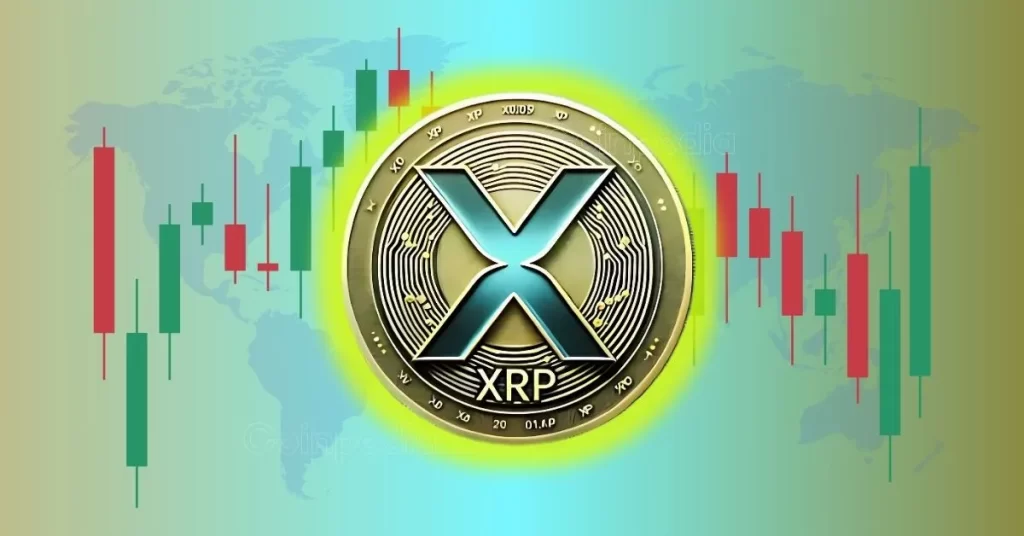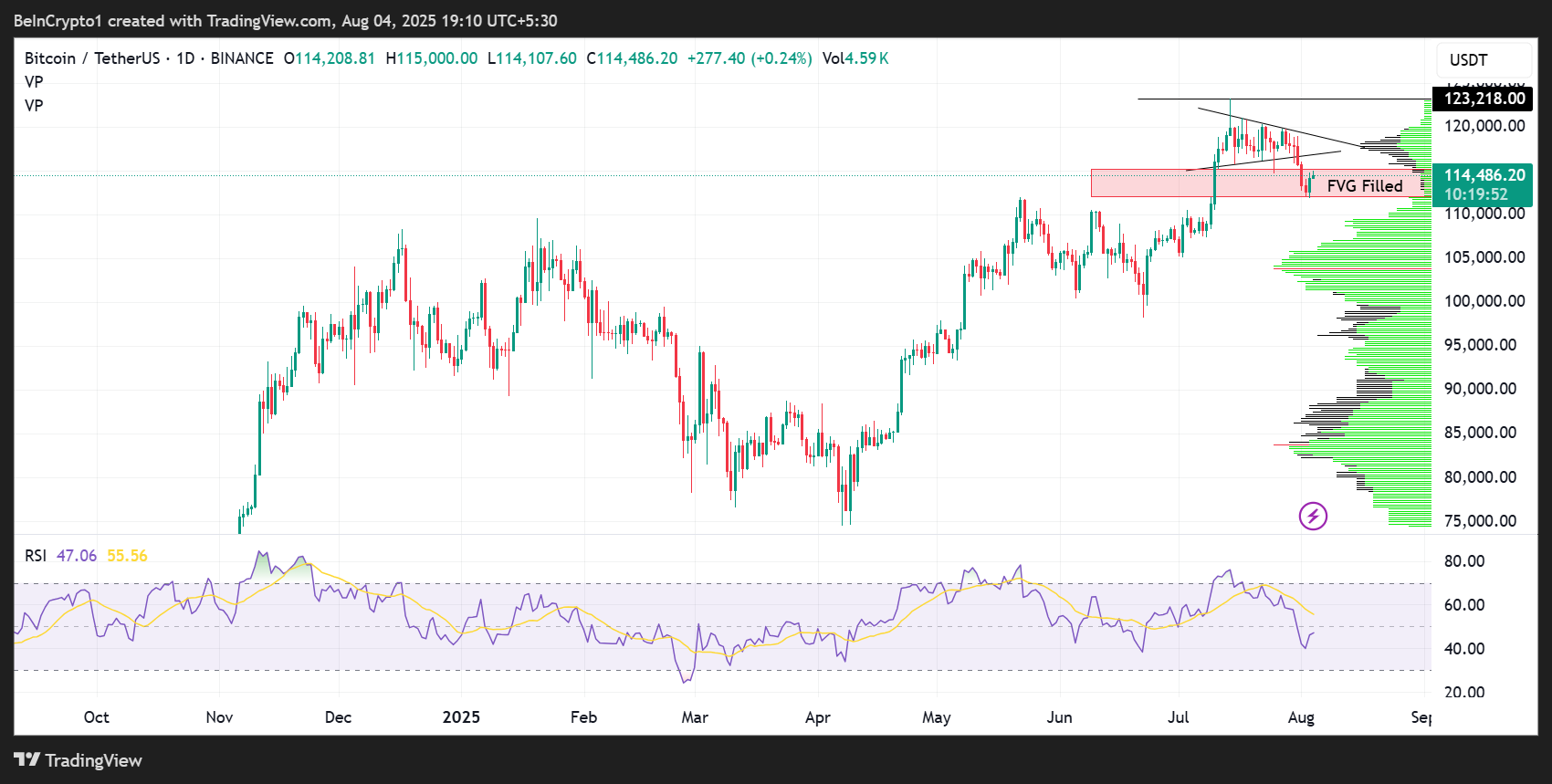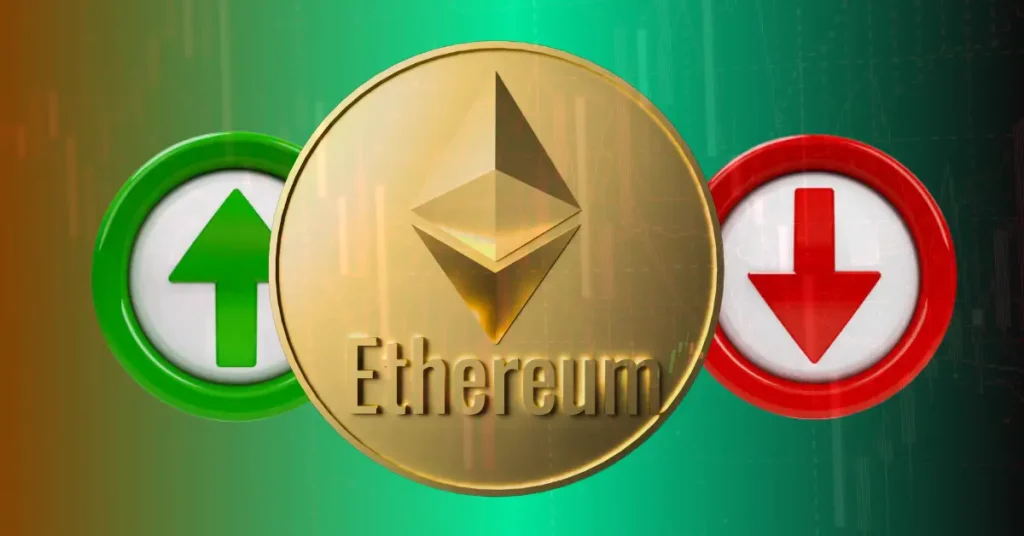
The post Is Three or Four-Digit XRP Possible? Here’s What the Math Says appeared first on Coinpedia Fintech News
There’s a lot of talk online about XRP possibly reaching huge price levels like $100, $500, or even $1,000. While that might sound far-fetched at first, some real-world use cases and numbers suggest it may not be so crazy after all.
An X (formerly Twitter) account by the name Stellar Rippler pointed out that XRP was designed to handle fast, low-cost cross-border payments—something the current SWIFT system handles at a rate of about $5 trillion per day. If XRP eventually takes over even 10% of SWIFT’s volume, that’s $500 billion daily. With that kind of flow, XRP’s price could climb to somewhere between $27 and $50.
Another scenario is around Nostro and Vostro accounts, where banks keep about $27 trillion locked up just to settle international payments. If XRP can replace even 5% of this, it could unlock a huge amount of capital, possibly pushing XRP’s price to $80–$100.
Then there’s the possibility that Ripple becomes a licensed bank. If that happens, it could offer lending, custody, and payment services directly—using XRP as its backbone. That kind of shift could easily push XRP over $100.
Ripple is also already working with more than 40 central banks. If XRP becomes the main bridge currency for central banks, big financial groups like the IMF or World Bank might rely on it. If that happens, XRP could climb to the $250–$500 range.
And then there’s the global derivatives market, which is worth over $1 quadrillion. If even a tiny slice—just 0.1%—gets settled through XRP’s network, the price could go over $1,000. That’s no longer just a dream, but a possible future built on utility.
So why isn’t XRP there yet? Legal challenges, regulation delays, and market uncertainty have held it back. But if these barriers clear, the change could happen fast. Bitcoin hit massive prices based purely on belief. XRP combines belief with real-world use, partnerships, and tech that’s already being used. It might not be a question of if XRP climbs, but when.


 ) Bitcoin went from pennies to $100K+ on narrative alone.
) Bitcoin went from pennies to $100K+ on narrative alone. (@StellarNews007)
(@StellarNews007) 



